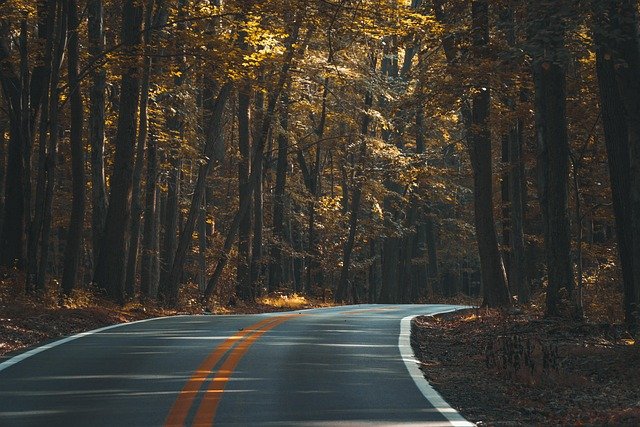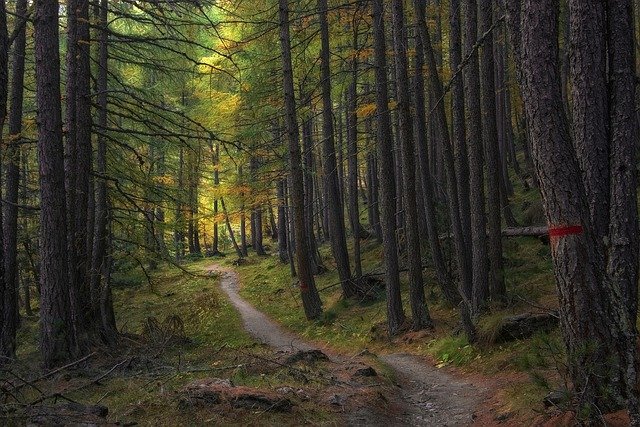**Title: "The Evolution of Storytelling in Video Games

The Secret Lives of Urban Wildlife
Urban environments are often bustling with human activity, but beneath the surface, a hidden world of wildlife thrives. From raccoons rummaging through trash bins to peregrine falcons nesting on skyscrapers, urban wildlife has adapted remarkably to city life. In this post, we’ll explore the fascinating behaviors, adaptations, and challenges faced by these resilient creatures.
The Adaptation Game
1. Finding Food
Urban wildlife has become adept at scavenging and foraging. Many species have learned to exploit human food sources, leading to unique feeding behaviors. For example:
- Raccoons are known for their dexterous paws, allowing them to open containers and access food.
- Pigeons and sparrows thrive on leftover crumbs from outdoor cafes and parks.
2. Shelter and Nesting
Cities provide a variety of nesting sites that wildlife can utilize:
- Squirrels often take refuge in tree cavities or even in attics and balconies.
- Birds like swifts and starlings have adapted to nesting in building crevices and under eaves.
The Daily Life of Urban Animals
1. Nocturnal Adventures
Many urban animals have adapted to a nocturnal lifestyle to avoid human activity. Creatures like foxes and opossums are more active at night, foraging for food and navigating their territories under the cover of darkness.
2. Communication and Social Structures
Urban wildlife has developed unique communication methods to thrive in noisy environments. For example:
- Crows are known for their complex vocalizations and social structures, often working together to find food and alert each other to danger.
- Coyotes use a range of vocalizations to communicate and establish territories, often heard howling in the night.
Challenges of Urban Living
While urban environments offer opportunities, they also pose significant challenges for wildlife:
- Habitat Loss: As cities expand, natural habitats are destroyed, forcing wildlife to adapt or relocate.
- Pollution: Urban pollution can impact the health of wildlife, affecting their food sources and living conditions.
- Human-Wildlife Conflict: Encounters between humans and wildlife can lead to misunderstandings and negative consequences for both parties.
How We Can Help
1. Creating Wildlife-Friendly Spaces
Encouraging biodiversity in urban areas is crucial. Here are some ways to help:
- Plant native gardens that provide food and shelter for local wildlife.
- Install birdhouses and bat boxes to create safe nesting sites.
2. Promoting Awareness
Educating ourselves and our communities about urban wildlife can foster coexistence. Share your knowledge and encourage others to appreciate the hidden lives of these animals.
Conclusion
The secret lives of urban wildlife are a testament to nature's resilience and adaptability. By understanding and respecting these creatures, we can help ensure that they continue to thrive alongside us in our cities. Next time you hear a rustle in the bushes or see a bird perched on a ledge, take a moment to appreciate the thriving ecosystem that exists right outside your door.
Feel free to share your thoughts or experiences with urban wildlife in the comments below! 🦊🌳🐦

All images are taken from the Pixabay.com